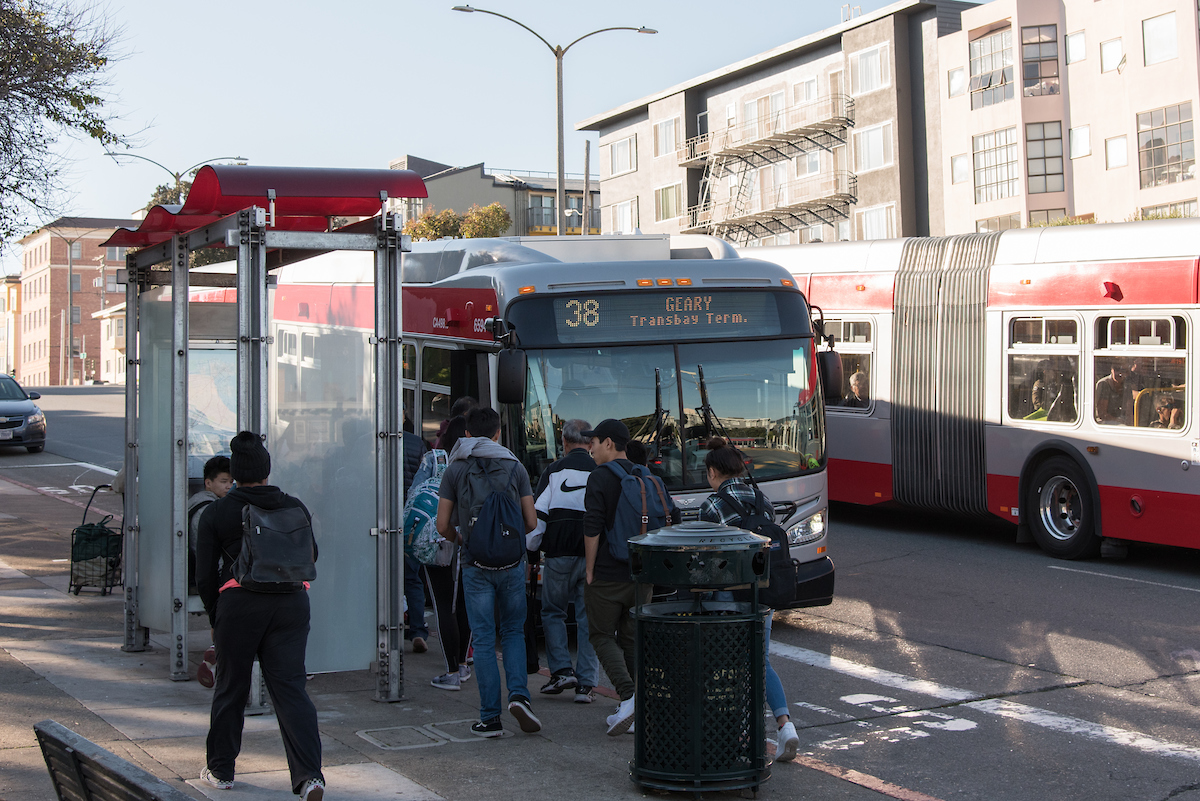By Stephen Chun

Mayor London N. Breed, Supervisor Myrna Melgar and the SFMTA have announced the expansion of our Free Muni for Youth Program to include all youth starting August 15, 2021. This is scheduled to coincide with the full in-person return of the San Francisco Unified School District (SFUSD) 2021-2022 school year.
This one-year program will eliminate the application process for all youth under the age of 19 to ride Muni, regardless of financial status and without proof of payment.
There are currently 39,350 active users of the Free Muni for Youth program, representing approximately 72% of those eligible. Existing participants will no longer need to carry their Clipper Card with the pass or tap the reader when boarding vehicles.
While Muni Transit Fare Inspectors will not request proof of payment from youth who appear to be under the age of 19, youth above the age of 16 are encouraged to carry a student ID or other form of ID for age verification. Youth (San Francisco residents only) who utilize Cable Car service for regular travel can apply for a pass for unlimited travel. Cable car rides for non-resident youth are not covered in the program.
The SFMTA implemented the “Free Muni for Youth” pilot program in 2013 providing free transit service to all low and moderate-income youth in San Francisco aged 5 through 17 years old, and made the program permanent in January 2015. In April 2020, the program was expanded to 18- year-olds and students enrolled in Special Education and English Learner programs through age 22.
Due to the COVID-19 pandemic, however, the SFMTA lacked the financial resources to continue funding this program moving forward. By allocating $2 million in the upcoming budget, Mayor Breed is ensuring that Muni is accessible to more than 100,000 young people across San Francisco.
Numerous studies have established that exposure to riding transit at an early age leads to continued use in adult years, along with a decrease in auto-ownership. Additional program goals in line with the SFMTA Strategic Plan include creating a safer transportation experience for everyone by improving the safety of the transit system, improving the quality of life and environment in San Francisco and the region by using programs and policies to advance San Francisco’s commitment to equity and finally, ensuring quality of life and economic health in San Francisco that the transportation system is a safe and efficient movement of people and goods.
Free Muni has also been made available for seniors and persons with disabilities. Program eligibility is set at an annual income at or below 100 percent of the Bay Area median. The SFMTA Board of Directors expanded this program in 2020 to persons experiencing homelessness.
For more information about Free Muni for Youth and how to sign up for Cable Car service please visit http://www.sfmta.com.
Published July 12, 2021 at 07:38PM
https://ift.tt/3AVx4jq
Comments
Post a Comment